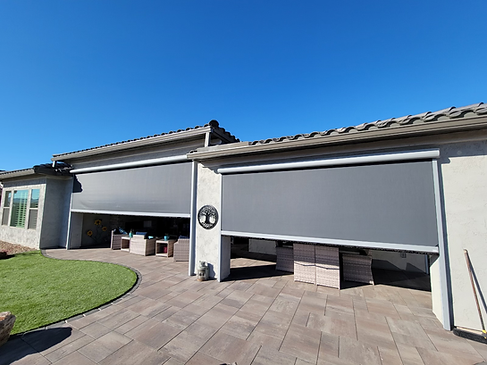Sealing Your Windows
- Sun Shield Products
- Jul 3, 2019
- 1 min read
Caulk is a flexible material used to seal air leaks through cracks, gaps, or joints less than 1-quarter-inch wide between stationary building components and materials. For components that move -- doors and operable windows, for example -- weatherstripping is the appropriate material.
Before caulking air leaks in an existing home, you will need to detect the leaks and assess your ventilation needs to ensure adequate indoor air quality. In addition to sealing air leaks, caulking can also prevent water damage inside and outside of the home when applied around faucets, ceiling fixtures, water pipes, drains, bathtubs, and other plumbing fixtures.
Applying Caulk
Although not a high-tech operation, caulking can be tricky. Read and follow the instructions on the compound cartridge, and remember these tips:
The best time to apply caulk is during dry weather when the outdoor temperature is above 45°F (7.2°C). Low humidity is important during application to prevent cracks from swelling with moisture. Warm temperatures are also necessary so the caulk will set properly and adhere to the surfaces.

Replacing Caulking
Most caulking compounds come in disposable cartridges that fit in half-barrel caulking guns (if possible, purchase one with an automatic release). Some pressurized cartridges do not require caulking guns.
When deciding how much caulking to purchase, consider that you'll probably need a half-cartridge per window or door and four cartridges for the foundation sill of an average home. Caulking compounds can also be found in aerosol cans, squeeze tubes, and ropes for small jobs or special applications.
Caulking compounds vary in strength, properties, and prices. Water-based caulk can be cleaned with water, while solvent-based compounds require a solvent for cleanup. See the table below for information about common caulking compounds.








Cleanliness is part of our life. So instructed people to clean their environment. People need clean atmosphere so www.plasterershobart.com.au they can live healthy life. They can use electronic devices to clean their rooms easily within less time.